Pilates is most effective when practiced 2–4 times per week. Beginners can start with a couple of sessions to build strength and flexibility, while experienced exercisers may add more to enhance core stability, posture, and muscle tone. Consistency is key—regular practice ensures steady progress without burnout. Pilates can stand alone or complement other workouts, so listen to your body and find a routine that fits your lifestyle.
Your Ideal Pilates Schedule
Your optimal Pilates workout schedule will vary based on your specific fitness goals, current fitness level, and recovery requirements. It’s about striking a balance between Pilates frequency, intensity, and rest that gets you the best Pilates results without risking overuse injuries. Here’s a rundown of how to customize your Pilates schedule.
For Beginners
• Begin with one session per week to really hone in on learning the fundamental movements. It is great for developing core strength and body awareness.
• Focus on good form, not on intensity to prevent injuries and build habits.
• Once you feel confident, scale up to two or three times a week.
• Go for beginner classes or online workouts for newbies.
For Maintenance
2-3 pilates sessions a week will keep you at your current fitness level.
Mix in mat and reformer Pilates for a more balanced workout. Mat Pilates focuses on core, reformer adds resistance for strength.
Consistency counts—keeping to a schedule avoids plateaus and maintains length and tone.
Take these to hone movements, to keep the results long-term and not stale.

For Transformation
If you want to really see results shoot for 3-5 Pilates workouts a week.
Pair Pilates with cardio or strength training to back weight loss and muscle toning.
Level-up with sweatiest advanced reformer or dynamic mat routines.
Measure gains by keeping track of gains in posture, strength, or endurance and modify the schedule accordingly.
For Athletes
Hit your ideal pilates schedule 1-3 times a week to increase core stability and flexibility.
Concentrate on exercises for movement control and injury prevention – roll-downs, leg circles etc.
Augment sport-specific training with Pilates to increase balance and functional strength.
This integrated approach can encourage regular gains in performance.
For Rehabilitation
Osteoporosis has been on my mind lately, so I had a neat experience with a real Pilates instructor who is a friend named Liliana Cote.
Start with light movements focused on regaining range and progressing slowly to develop strength.
You can go more often as your body adjusts, but rest days continue to be important for recovery.
Seed Pilates to physical therapy goals for holistic recovery.

Personalize Your Practice
Pilates is a flexible, adaptable fitness path that can be tailored for people with different objectives, physical conditions, and lifestyles. By customizing your pilates workout schedule, you can create a routine that aligns with your needs and maximizes pilates results.
Your Goals
Determine your fitness goals. So, if you want to lose weight, become more flexible, or build up your core, your objectives will dictate how frequently and vigorously you practice. For instance, if you’re aiming to tone, 4-5 times per week might be best, sprinkling in targeted workouts such as the Pilates Hundred or Side Plank to fire up your core.
They can start with 2-3 weekly to avoid overuse injuries and allow the body to adapt to the movements. As you advance, advanced practitioners may ramp up to 5-6, incorporating more technical work like Reformer Pilates. Revisiting your goals from time to time makes sure your practice grows with your needs, remaining useful and in sync with big-picture ambitions.
Your Body
Listening to your body is key in Pilates. Your daily energy levels, previous injuries, or physical restrictions should dictate your schedule. For example, if you have lower back pain, movements such as Pelvic Curl will buff muscles without flaring pain. At the very least, consulting with a healthcare provider or licensed instructor can help confirm safety and efficacy.
Balancing workouts, too. Pilates works the entire body, so incorporate exercises for the core, arms, legs, and back. By listening to your body and adjusting the intensity accordingly, you avoid overtraining and staving off fatigue. So if you’re feeling sore, take a lighter day that emphasizes stretches and mobility rather than chops and heavy, strength-building work.
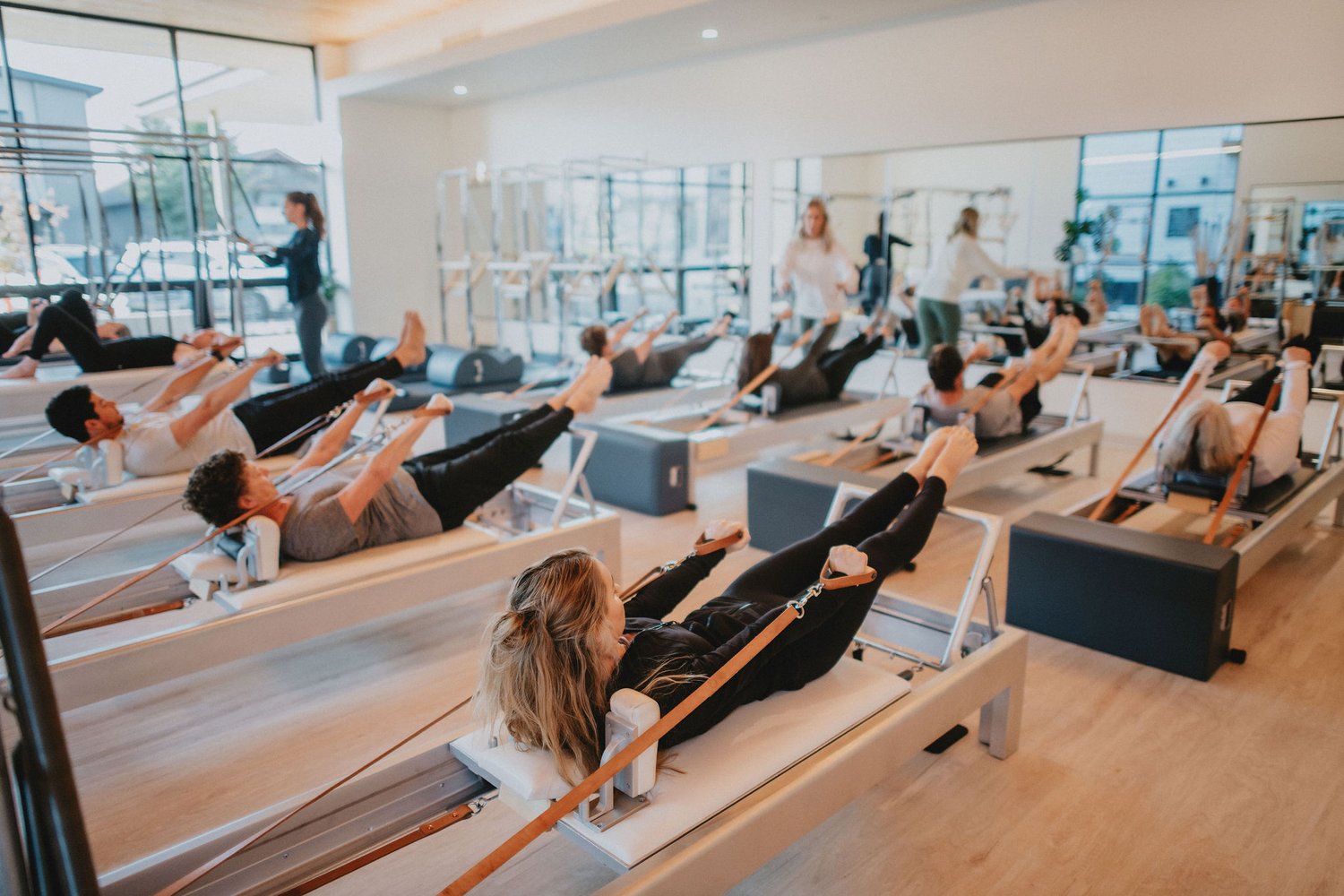
Your Lifestyle
Your day-to-day obligations and calendar dictate if and when you practice. Even 15–20 minutes can be accommodated in a hectic day, and there’s the benefit of convenience with home workouts. Frequency beats time – twice-weekly sessions of focused, high-quality practice can yield dramatic returns.
Placing a premium on recovery is critical for neophytes or those stepping up their practice frequency. Rest days let muscles repair and prevent burnout. Adding pilates into your life should be doable, not stressful.
Pilates Within Your Week
Pilates can slot into an already well-rounded fitness regimen in a variety of ways depending on your objectives and lifestyle. Organizing your week with a balanced pilates workout schedule among other exercises provides diversity and balance, avoiding burnout and overtraining.
With Cardio
Pairing pilates with cardio workouts is a fantastic means to really maximize overall fitness. Cardio such as running, biking, or swimming builds cardiovascular endurance, and Pilates helps with flexibility, core strength, and posture. For instance, you may take a 30-minute jog, and then do Pilates the following day, to offset intensity with recovery.
It can be used as a recovery tool after super-intense cardio. Something low-impact, like Pilates, to stretch those tight muscles and increase blood flow, will reduce the soreness. This is particularly useful post-HIIT or distance run.
Putting cardio on your non-Pilates days is a second way to prevent overtraining. For example, 2 days of Pilates a week, combined with 3 cardio days allows for recovery. Or, better yet, mashup Pilates and cardio into one workout — a circuit that alternates between Pilates and short, intense bursts of cardio — which will save you time AND increase your endurance and strength.
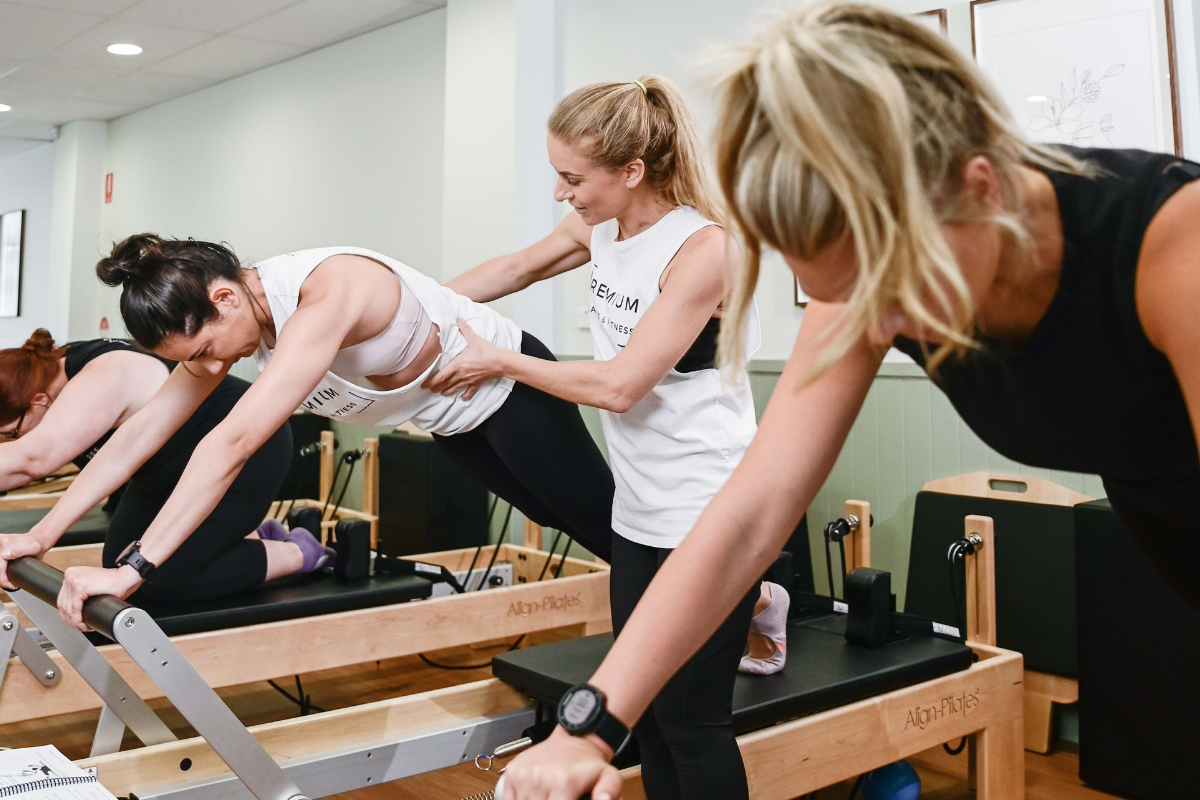
With Strength
Pilates complements strength training by improving muscle balance and flexibility, making it an ideal addition to your workout routine. Weightlifting works specific body parts, while a Pilates workout trains stabilizing muscles that boost overall performance. For instance, incorporating Pilates planks or leg lifts can enhance your core stability, which in turn can help with heavier lifts such as squats or deadlifts.
By alternating Pilates and strength training days, your muscles will have more time to recover. If you lift weights three times a week, consider adding Pilates in the off days to balance your workout schedule. Resistance-based Pilates exercises, like those utilizing a reformer or resistance bands, can inject intensity and diversity into your routine.
Pilates within your week is safe to do daily, but body listening is key with any cross integration. Newcomers could begin with 2-3 sessions a week, ramping up as their stamina improves. Consistency is key, and three sessions a week tends to show results within a month.

Mat Versus Reformer Frequency
The frequency of practicing mat versus reformer Pilates can vary depending on individual fitness goals, preferences, and access to equipment Pilates. Each format has its own unique benefits, but a balanced Pilates workout schedule that includes both offers the best of both worlds.
|
Type |
Frequency |
Purpose |
| Mat Pilates | 2-3 times per week | General fitness, flexibility, and convenience |
| Reformer Pilates | 1-2 times per week | Rehabilitation, resistance training, and strength building |
| Combined | 3-5 times per week | Comprehensive strength, control, and flexibility |
Mat Work
Mat Pilate at a minimum of two times per week to establish base strength and control. It centers on bodyweight movements, like the hundred or roll-up, that increase flexibility, core stability and posture. Others bump it up to three times a week, particularly in pursuit of general fitness or flexibility.
Throw in some props like resistance bands, Pilates rings, or mini balls to keep things dynamic and interesting. For instance, using a resistance band while performing leg stretches can help improve strength and flexibility.
Mat Pilates, too, is extremely convenient. You can do it at home with little space and zero equipment — super easy to squeeze into a hectic routine. With consistent practice and good form, a quick 20-minute burst can be just as effective as lengthier classes.
Reformer Work
Reformer Pilates employs targeted, adjustable resistance to build strength and enhance alignment. Things like footwork or leg circles can be modified to accommodate.
It’s a good idea to work with an instructor, especially as a beginner. The right instruction will help you master the techniques, prevent injuries and get the most from your efforts.
Mixing in reformer work along with mat work keeps you well-rounded. For example, matching reformer leg presses with mat-based core work strikes a balance.
Reformer pilates, which is great for rehab and injury prevention). Just practicing 1-2 times/week can increase joint stability and muscular efficiency — all while lowering strain.
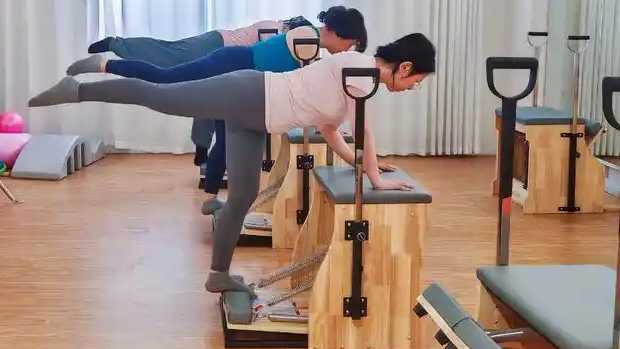
Listen to Your Body
This is the key to a safe and effective Pilates workout schedule. By listening to your body, you’ll avoid injuries, maximize your Pilates sessions, and achieve superior results. Everyone’s body reacts differently, so understanding your limits and needs is essential for sustainable progress in your Pilates journey.
5.1 Signs of Progress
Becoming more flexible, having better posture, and developing a stronger core strength are the first clues your pilates practice is working. Even ordinary movements, like bending or reaching, will feel more fluid and deliberate. These shifts are usually a sign of improved neuromuscular coordination.
More stamina in sessions is a good indicator. If you notice exercises become easier without causing racing wind, your endurance is developing. Likewise, improved control over your motions indicates that your mind-body connection is intensifying, a central objective of Pilates.
Mini milestones, such as holding that plank a few seconds longer, or conquering that tough exercise, are worth partying over. Keeping a record of such accomplishments can be motivating and emphasize your growing momentum. Physical manifestations — better muscle tone, a trimmer silhouette — might be the mirror of your devotion.
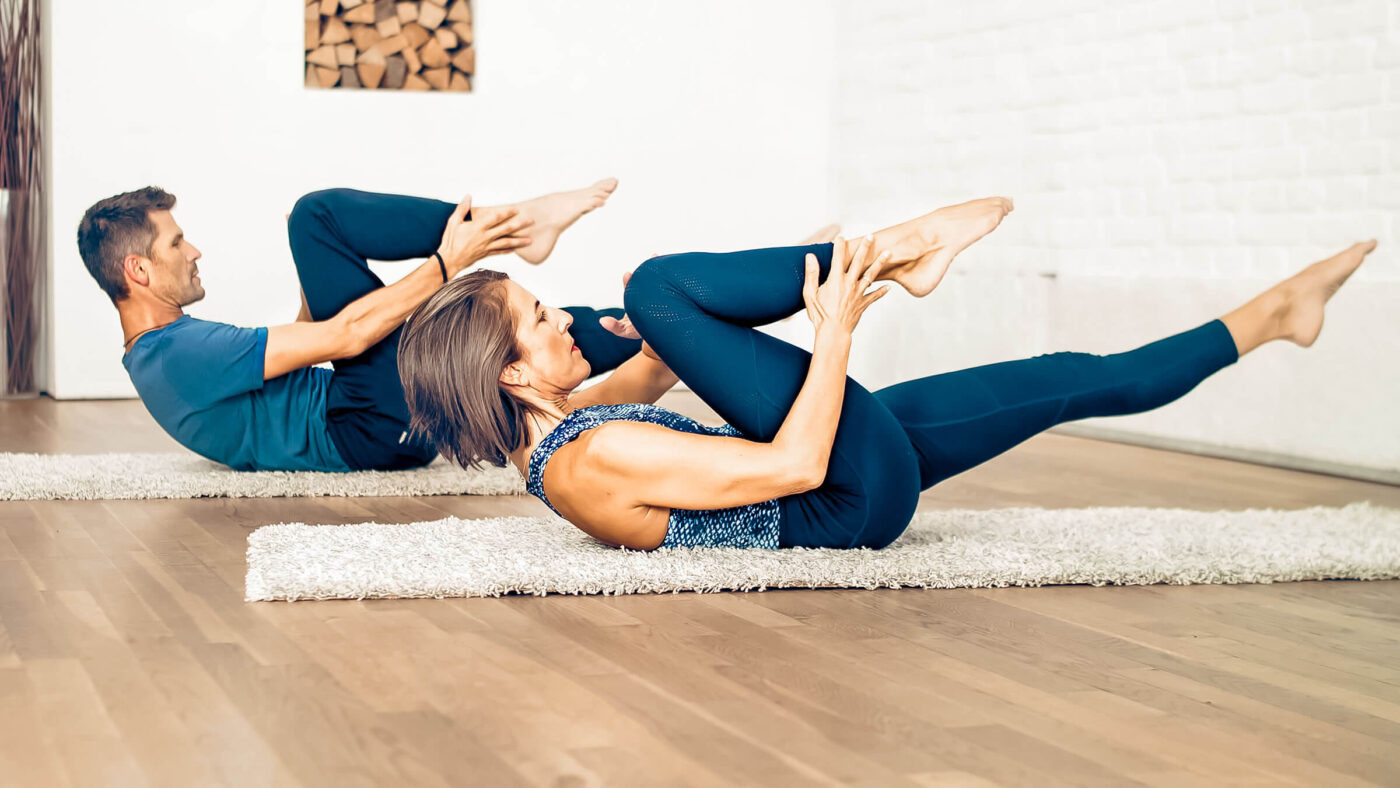
Signs of Overtraining
• Overtraining will stall your gains and cause injuries. Be mindful of these signs:
• Persistent fatigue or a lack of energy during workouts
• Muscle soreness that doesn’t subside after adequate rest
• Difficulty sleeping or feeling irritable
• A decrease in performance or strength
If you’re sore for a while, better to cut back on sessions. Rest days are essential to give your muscles time to recuperate and regenerate. Mixing up your routines prevents burnout and keeps things interesting.
The Role of Rest
Rest is just as important as any workout, including Pilates. Rest days scheduled prevent burnout and assist recovery to enhance performance. For active recovery, lighter activities like yoga or stretching can keep you moving without overtaxing your system.
A combination of hard sessions + good downtime allows your body to heal and become stronger. Sustainable success in Pilates is a mix of consistency and rest, not less work.
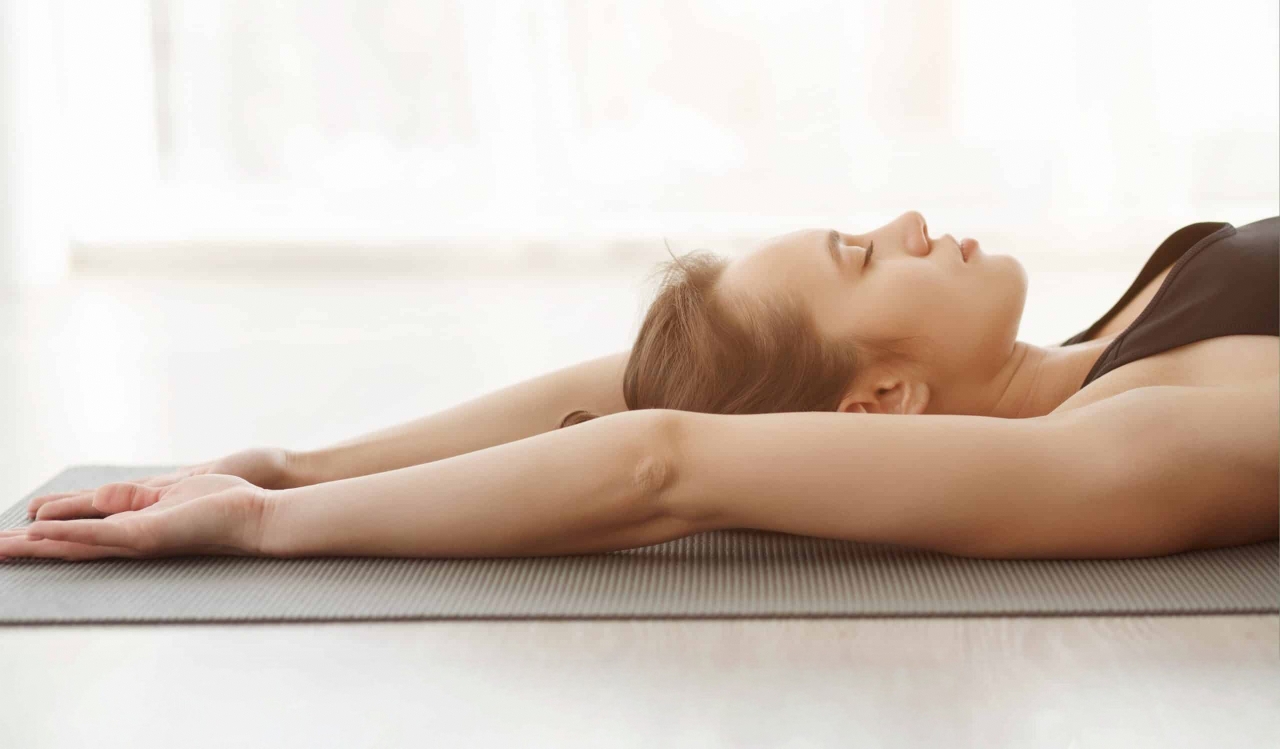
The Mind-Body Connection
As the mind-body connection teaches us, a regular pilates workout enhances this link. With its focus on deliberate movements and conscious breathing, pilates provides a framework for fortifying this connection, turning each pilates session into a mindful exercise practice.
6.1 Mental Clarity
Additionally, Pilates can help to sharpen mental focus by urging practitioners to pay attention to their movements and breathing. This kind of concentration cuts through the mental static and cultivates clarity. For example, exercises such as the roll-up demand complete concentration, providing no time for your mind to wander.
The same controlled breathing at the core of Pilates has a similar relaxing and stilling effect on the mind. Deep, rhythmic breaths tell the nervous system to relax, putting practice in a meditative state. That’s what makes Pilates so powerful during stressful times — providing a mental break as you build physical resilience.
Regular meditation will make some difference to your general mental health. A lot of them say that they feel more calm and centered after routine sessions. The slow rhythm of Pilates encourages presence, assisting you in reconnecting with your body and silencing your mind.
Stress Reduction
Long-term stress can wreak havoc on your physical and mental well-being. Pilates offers a means to combat these symptoms with mild, intentional motion. For instance, spine stretch exercises can shed accumulated strain from the back and shoulders – typical sites for stress storage.
Including soothing flows that focus on flowing between poses can contribute relaxation. Combining Pilates and meditation maximizes stress relief by uniting body motion with mental calm. Then, this double strategy can generate a profound peace.
There’s a chance long-term Pilates practice could make you better at withstanding stress. The habit promotes somatic sensitivity, allowing you to identify and relieve tension as it arises. Over time, this mindfulness can foster improved emotional control and general mental equilibrium.
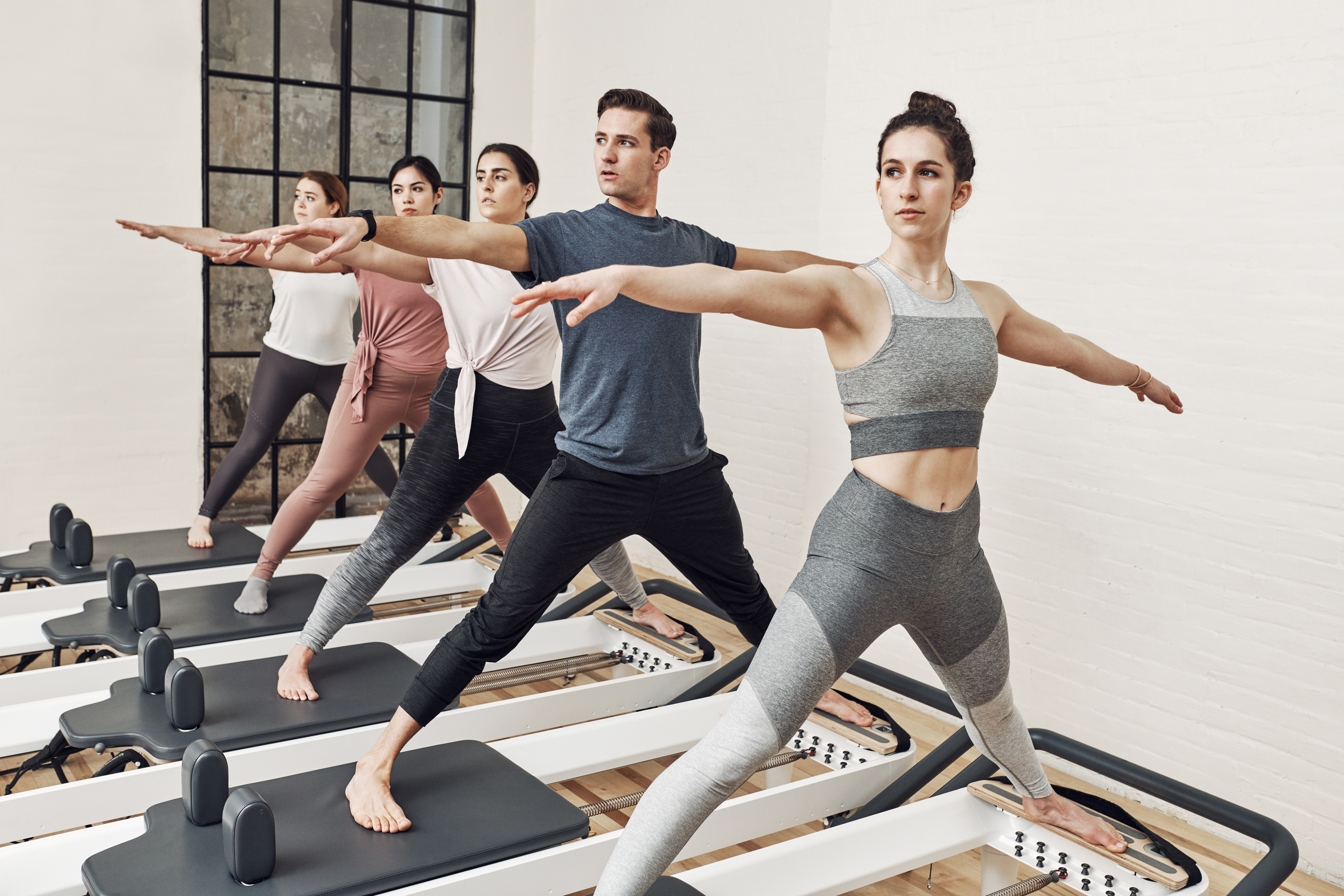
We are committed to delivering exceptional support and
top-tier service whenever you need it!
Conclusion
Ready to take the next step? Pilates is a powerful way to build strength, improve posture, and boost overall well-being. Whether you start with just a few sessions a week or dive into a regular routine, consistency will bring lasting results. Begin today, stay committed, and let Pilates transform your body and mind.

Talk To Our Experts
Connect with an NQ expert to discuss your product needs
and get started on your project.
Frequently Asked Questions
1.How often should beginners do Pilates?
Beginning with 2–3 pilates sessions a week is optimal, as this workout schedule allows your body to adapt while you gain strength and flexibility.
2.Can I do Pilates every day?
Yes, you can follow a balanced pilates workout schedule daily if your body feels up to it. Alternate between hard and lighter pilates sessions to avoid overuse injuries.
3.Is 20 minutes of Pilates enough?
Yes, a 20-minute pilates workout can work, particularly if you’re a newbie or have a hectic schedule. Just a reminder — concentrate on deliberate, good form motions.
4.Should I do mat or reformer Pilates more often?
Mat Pilates can be incorporated into a balanced fitness routine more often due to its gentler nature, while Reformer Pilates, an intense workout, is typically performed 2–3 times a week.
5.What happens if I overdo Pilates?
Incorporating rest days into your ideal Pilates workout schedule is essential, as too much Pilates can lead to fatigue or strain.
6.How can I tell if I’m doing Pilates too often?
If you're feeling always sore, tired, or stagnant, you could be overtraining in your regular pilates sessions. Cut back and recover.
7.Why is it important to personalize my Pilates schedule?
Customizing your pilates workout schedule makes it right for you — your fitness level, your ambitions, and your recovery needs, maximizing pilates results and avoiding burnout.
Post time: Sep-08-2025
